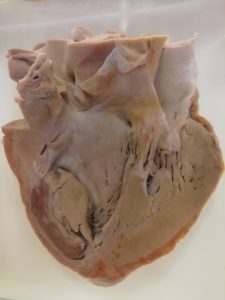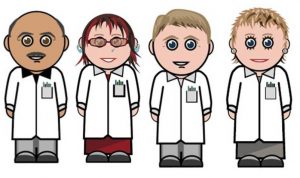Anatomy and Dissections
By Swetha Sampath (5th year medical student)
In my first and second year at medical school, we spent a great deal of time learning the anatomy of the human body. This involved learning about the different parts of the body, from bones and muscles, to all the different organs that make us fully functioning humans! The whole idea behind this was to gain knowledge on how the human body functions and where everything is, so that when things go wrong and people get ill, doctors are able to treat them. If you want to be a surgeon, having a good knowledge of anatomy is crucial.
Learning anatomy starts with first attending lectures that teach you about different body systems. For example, in first year, we had lectures on the anatomy of the nervous system which included understanding how the brain and spinal cord are organised. Other systems we learnt about included the circulatory system (heart and blood vessels), the respiratory system (lungs) and gastrointestinal (digestive) system. The lectures are full of diagrams to make it easier for you to understand the structures and the lecturers are always happy to answer any questions you might have.
 The second step to learning anatomy is more fun! It involves attending weekly anatomy practicals organised by the medical school. During these sessions, the lab is divided into different stations each with a real life pro-section from the human body as well as an anatomy teacher who is there to explain and point out the main structures. A pro-section is a small section of a real life human body which has been preserved so that students are able to learn from it. In fact, the real life pro-sections found in our STEM Pod are examples of this!
The second step to learning anatomy is more fun! It involves attending weekly anatomy practicals organised by the medical school. During these sessions, the lab is divided into different stations each with a real life pro-section from the human body as well as an anatomy teacher who is there to explain and point out the main structures. A pro-section is a small section of a real life human body which has been preserved so that students are able to learn from it. In fact, the real life pro-sections found in our STEM Pod are examples of this!
Towards the end of the year, we were given the opportunity to be involved in a full body dissection on a cadaver, which is a dead human body. This is made possible by people deciding to donate their bodies for education when they die enabling students and doctors to learn from them. It was a two-week course during which students are split into groups of 8 and are assigned to a cadaver and an anatomy tutor. At first, I was nervous to do this as I did not have much experience beforehand and did not know how I would feel working on a cadaver. However, after two weeks, I had learnt so much about the structures of the body and now feel that this was an invaluable and once-in-a-lifetime learning experience.
My favourite part was when we located the gall bladder, a sac like structure that contains bile (to help with digestion) and one of the team members accidentally cut it open only to end up with all the bile oozing out! Everyone also enjoyed the afternoon when we got to cut through a bone in the leg to look at the cross section using a huge handheld saw!
If you are thinking of doing medicine or dentistry, you too will have a chance to learn about all the amazing intricacies of our human body. If you get to do a full body dissection make sure to engage and ask questions to get the most out of the experience and for the budding surgeons amongst you, use it as an opportunity to try out your manual dexterity and hand eye coordination!
